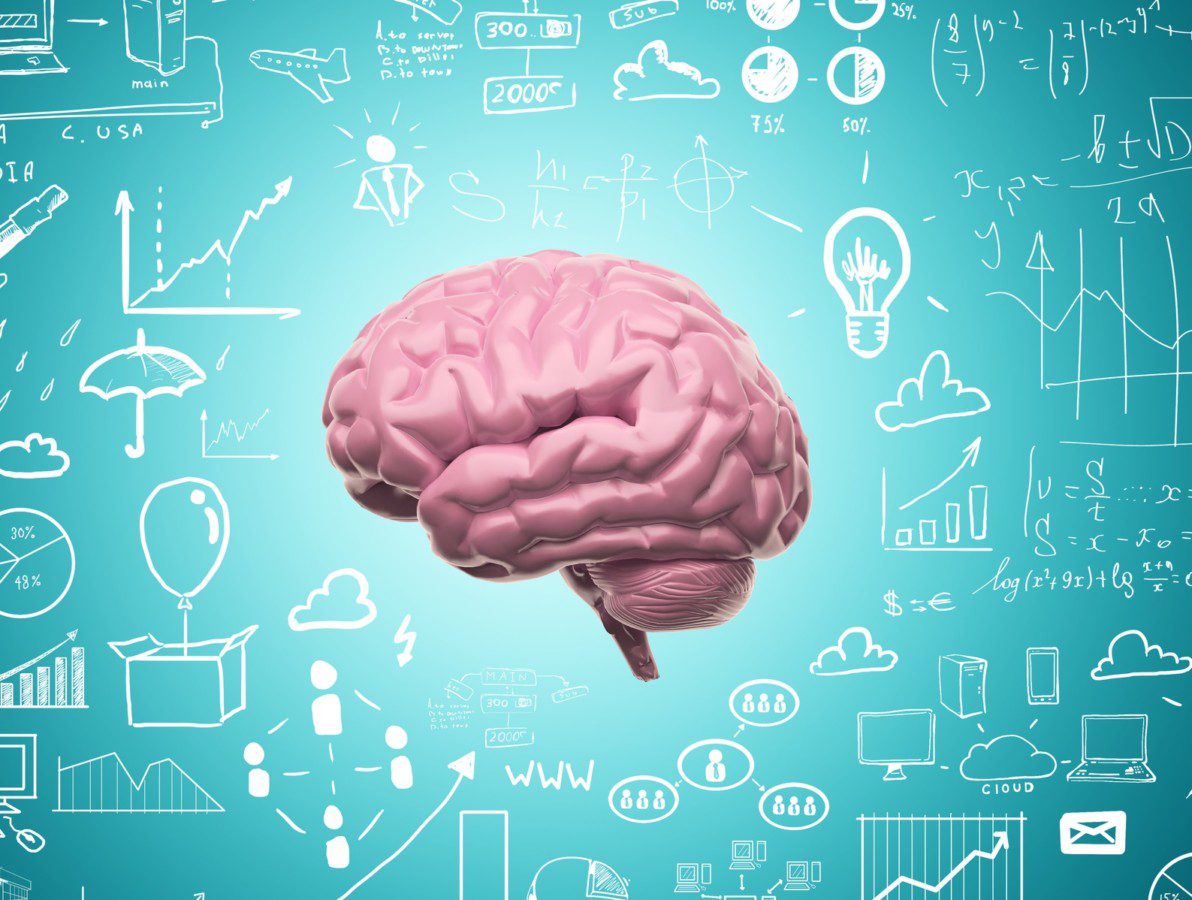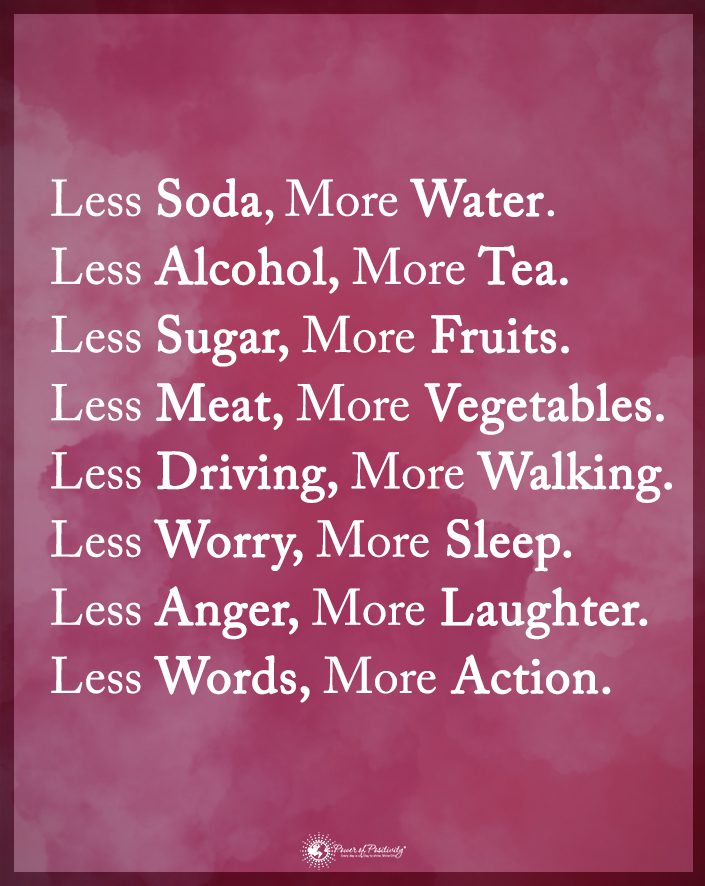The human brain is by far the most complex and misunderstood organ in the body. It contains over 100 billion nerve cells. Furthermore, it generates roughly 70,000 thoughts per day in the average brain. In our brains, memories are stored, thoughts are created, experiences are perceived, and visions turn into actions. New pathways, or synapses, form each time we learn something new. So in this sense, we most certainly create our own realities based upon our thoughts and experiences most often.
These facts just barely scratch the surface when it comes to amazing discoveries about the human brain. However, they perfectly demonstrate the incredible power and intricacy of the most important organ in the human body.
Here are 10 Facts About the Human Mind That Will Amaze You (#8 Is Incredible!)
1. Introverts and extroverts have actual differences in the wiring of their brains.
Our genetic makeup has a lot to do with what type of personality we will have, according to research. However, the degree of introversion or extroversion you exhibit has less to do with personality traits. Instead, it has more to do with where you obtain your energy and how you react to stimuli.
For example, an experiment scanned the brains of the participants while they took gambles. The experiment’s findings uncovered that successful gambles provoked a stronger response in two regions of extroverts’ brains: the amygdala and the nucleus accumbens.
The latter area of the brain releases the chemical called dopamine into the body when we feel good, for lack of a better term, and the dopamine system in the extrovert’s brain encourages them to take more risks and get out of their comfort zone more often.
The amygdala processes emotional stimuli, which means that while extroverts feel a rush of excitement when trying something new, introverts feel easily overwhelmed and nervous.
In a book titled “The Introvert Advantage: How to Thrive in an Extrovert World” by psychologist Marti Olsen Laney, she explains that introverts and extroverts have different pathways through which stimuli travel through the brain. Extroverts have much shorter pathways than introverts. This might explain why introverts tend to be more critically thinking, analytical, logical, and take more time to register stimuli.
2. Your brain generates about 25 watts of power at any given time, enough to power a lightbulb.
3. Stress can actually decrease the size of the organ.
Chronic stress causes the most significant and lasting changes in the brain, by far, but did you know it can actually shrink your brain? One study confirmed that the hippocampus in the brains of rats actually shrank after exposure to chronic stress. The hippocampus is responsible for storing memories, which means that people with a smaller hippocampus may have difficulty recalling certain memories.
4. Despite the rise of multitasking in today’s world, our brains physically cannot process two tasks at the same time.
While corporate executives and teachers might encourage multitasking, this is literally impossible to do based on how our brain really works. Multitasking, in the true sense of the word, means doing two or more things at once. However, our brains only know how to context-switch or switch between tasks quickly.
For some reason, many people seem to believe that multitasking means getting more done in a shorter amount of time when really, we are just switching back and forth between tasks, which doesn’t reduce the time it takes to complete them. On the other hand, it actually doubles how long it takes to get things done, while increasing our error rate by 50 percent, according to the book “Brain Rules.”
The idea behind this is simple: when you split your brain’s resources, you aren’t giving your full attention to the tasks at hand, therefore increasing the number of errors that will inevitably occur. Simply put, our brain wasn’t designed for multitasking, because in our natural environment, attempting to run from a predator while also foraging for food, for example, would have gotten us killed. Just some food for thought.
The organ also generates more electrical impulses in a single day than all the telephones in the world!
5. Your brain has over 100,000 miles of axons. That’s enough to wrap around the Earth 4 times.
6. There is no left/right brain divide, according to some research.
The myth goes like this: left-brained people are more logical, methodical and analytical, while right-brained people are more creative and artistic. While the preference to use one specific region over another for certain tasks, such as public speaking, does exist, there’s no line separating the two regions. Also, the connections between all regions of the brain help to support both analytical thinking and creativity. One side doesn’t dominate the other in either process.
Dr. Jeff Anderson, director of the MRI Neurosurgical Mapping Service at the University of Utah, performed an experiment to test the left brain/right brain theory: his team examined the scans of participants ranging from age 7 to 29 while they rested. For the experiment, they studied activity in 7,000 brain regions and looked at neural connections within and between these regions. Although they saw isolated incidences of heavy neural traffic in certain key regions, on average, participants seemed to use both sides of their brains fairly equally.


















